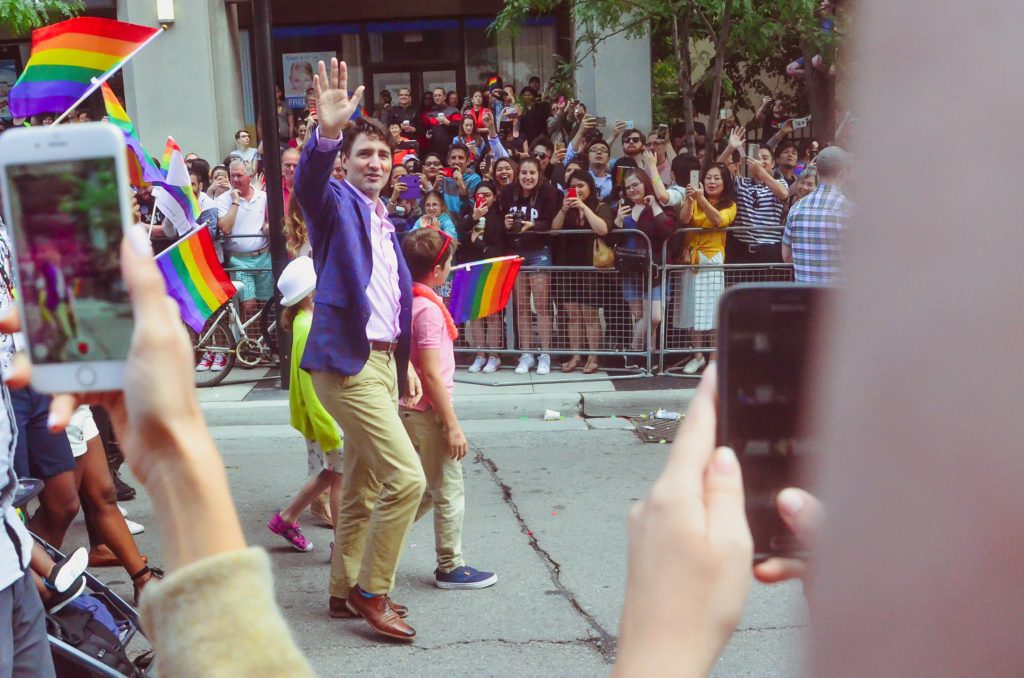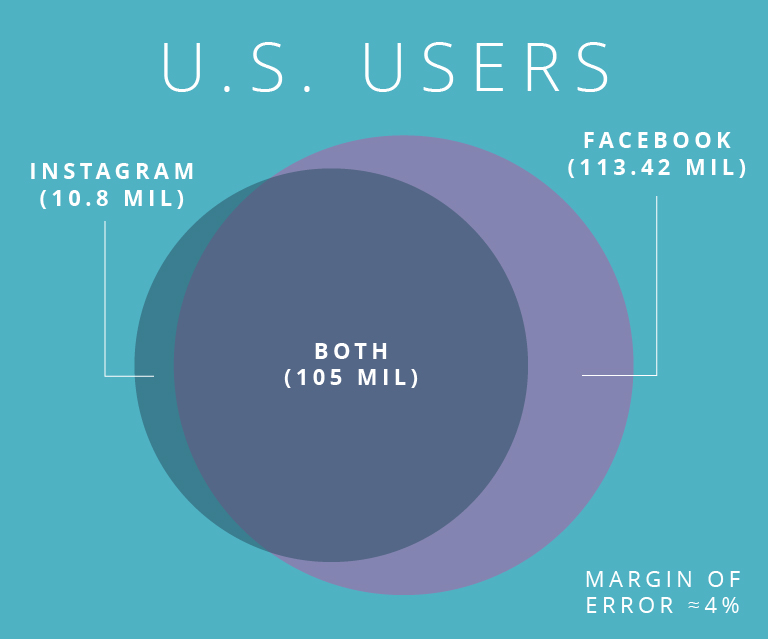Nine Reasons Facebook & Instagram Ads Are a Powerful Combo
July 29th, 2019 by
If you asked someone to name a social media network five years ago, their answer would probably have been “Facebook.” But in 2019, there’s an entire social media ecosystem with distinct content, styles, and user groups. Facebook continues to dominate, but with such a dynamic social media landscape, who knows how long that will last. For marketers, the uncertainty can be unnerving.
The good news is that digital marketing spend is growing steadily. The great news is that just two of the major social media networks will give you incredible advertising coverage. As a bonus, you can create ads and manage campaigns on both networks with one ad platform. Of course, I’m talking about Facebook and Instagram. Let’s look at some statistics to see how powerful this combination can be.
Facebook: Older and More Experienced
Facebook has been the world’s leading social media network since January 2009. The company announced that it had reached 500 million users in July 2010. As of March 2019, Facebook had 1.56 billion active users each day and 2.38 billion active users each month. Facebook has more daily users than the entire population of India.
According to Statista, 214 million American adults used Facebook by the end of 2018. The most well-represented age range was 25 to 34, with 58.3 million users. Even though the bulk of its users are over 35, Facebook has 46 million American users under 25.
By early 2019, about 69% of adults in the U.S. used Facebook. YouTube is the only major social media platform in the same range, with 73%. Facebook remains popular with all demographics but attracts certain groups at higher levels. About 75% of U.S. women use Facebook, compared to 63% of men. Users also differ by education level. Around 74% of adults with a college degree use Facebook, compared to 61% of those with a high school diploma or less.
Facebook, like MySpace before it, was once considered a platform for younger users. About 79% of people aged 18 to 29 use Facebook, while only 46% of users are 65 and older. But users over 65 have more than doubled since 2012. This reflects Facebook’s diversification from mostly features for socializing to ones that include marketing, shopping, event management, news, and other aspects of business.
Though Facebook has reached new global user records, its U.S. market share has been declining for a few years. Facebook once enjoyed 70% of the American market, but this has slipped to 36.6%. Data from 2019 revealed that about 15 million fewer Americans use Facebook compared to 2017. The losses have mainly been in the teen and millennial groups. Other networks like Instagram, Snapchat, Pinterest, Reddit, and WhatsApp have picked up the slack.
Instagram: Younger and Faster
Instagram has become insanely popular since its 2010 launch. The photo-sharing app has bloomed into a news source, marketing tool, social influence platform, and meme-sharing community. About 500 million people use Instagram every day, and over 1 billion use it every month.
Instagram’s largest market is the United States, with over 120 million active users. In February of 2019, about 67% of U.S. adults from 18 to 29 used the platform. Around 72% of U.S. teens and 35% of U.S. adults use Instagram.
Unlike Facebook, Instagram has not become as popular with older age groups (yet). Facebook attracts about 79% of U.S. adults from 30 to 49, while Instagram attracts only 47% of the same group. People over 65 rarely use Instagram and only make up about 8% of its users.
Although Instagram has a smaller user base than Facebook, Instagram users tend to use the app heavily. Over 76% of Instagram users 18 to 29 use the app daily, while 60% use it multiple times per day. Instagram users are also prone to use multiple social media networks: 95% of Instagram users also use YouTube, 91% use Facebook, and 60% use Snapchat.
When Your Powers Combine…
So, to recap: Facebook has been losing market share and its user base is getting older. Teens and millennials are moving towards Instagram and other networks. These factors make a compelling case for shifting your advertising focus to Instagram.
Luckily, you don’t have to make that decision. Since Facebook has integrated advertising through Ads Manager, you can reach Instagram and Facebook users on one platform. Even better, about 91% of Instagram users use Facebook, so you can potentially reach 323 million Americans with only Facebook ads.
However, with just a few tweaks of our ads, we can optimize them for both Facebook and Instagram. This is a level of direct access for marketers that hasn’t been available since the expensive days of mass mailing. Now, with a few clicks, you can deliver your message to millions of potential customers.
Here are nine reasons marketers should be advertising on both Facebook and Instagram in 2019:
- The combined U.S. audience of Facebook and Instagram is about 230 million users, who are all reachable with one ad platform.
- 2 million brands are using Instagram Stories to tell their brand’s story.
- 60% of Instagram users discover new products on the platform.
- 78% of Facebook users discover new products on the platform.
- 50% of Instagram users follow brands, the most of any social media network.
- Instagram users are 70% more likely to buy on their mobile devices.
- The average Facebook user clicks on 8 ads per month.
- Facebook’s e-commerce click-through rates tripled between 2017 to 2019.
- TV advertising costs 10x more than Facebook videos, for the same size audience.
As you can see, there is huge potential for marketing on Facebook and Instagram, despite Facebook’s supposed “saturation” and Instagram’s less serious reputation. Facebook and Instagram have millions of users in the U.S. This audience includes 72% of teens, about 80% of millennials, and 46% of the elusive 65+ crowd.
Facebook and Instagram’s large market shares, combined with the targeting features in Ads Manager, means marketers can find and reach potential customers more easily than on other platforms. The browsing behaviors of users on both platforms means that marketers have a higher likelihood of making a sale. All of this means a higher return on investment and happier marketing directors. If you’d like more information on leveraging social media to generate more business for your agency, contact our team at Search Influence for a digital marketing analysis.




